). Campagnola's importance as an early printmaker and Renaissance artist corresponds to his use of stipple-engraving technique, which produced shading obtained by dots made by the point of the graver on the metal plate. According to Landau and Parshall, "The innovation allowed a much greater range of tone from white to black, and at the same time a more controllable graduated transition between lighter and darker areas of the image. The disadvantages of the technique were that it was immensely more time-consuming than ordinary engraving, that the dots produced, unless of sufficient size, would wear down quite quickly, and, finally, that it was extremely difficult to freshen-up a tired-looking plate by re-engraving it--a common strategy in printmaking. Whereas pushing the burin along the existing, shallowed grooves was a well-tried and effective method of freshening worn plates, hitting again the myriad of of existing dots was an impossible task, and creating new dots would easily produce patches of ink where new and old dots joined together. This is precisely why there are no known instances of Giulio's plates being reworked in later states by retouching the dotted areas of the image," (Landau and Parshall, The Renaissance Print , New Haven/London, 1994, page 261). It has been widely accepted that Campagnola adapted the figure of Saint John the Baptist from a now lost drawing by Andrea Mantegna (1431-1506, see lots 2-4) while the landscape was supplied contemporaneously by Giorgione (circa 1477/78-1510), who worked in partnership with Campagnola. There is a masterful ink drawing now in the Louvre, Paris, with the landscape rendered in reverse of the print, by Giorgione, that is believed to be the source for Campagnola's landscape in Saint John the Baptist . It appears that Giorgione intentionally left the space for the figure blank in his landscape drawing, as Campagnola already had his figure from a design by Mantegna engraved on the plate, and that sometime thereafter none other than Titian (1488-1576) altered Giogione's drawing, in his own representation of Saint John the Baptist on the sheet. Bartsch 3; Hind 12.
). Campagnola's importance as an early printmaker and Renaissance artist corresponds to his use of stipple-engraving technique, which produced shading obtained by dots made by the point of the graver on the metal plate. According to Landau and Parshall, "The innovation allowed a much greater range of tone from white to black, and at the same time a more controllable graduated transition between lighter and darker areas of the image. The disadvantages of the technique were that it was immensely more time-consuming than ordinary engraving, that the dots produced, unless of sufficient size, would wear down quite quickly, and, finally, that it was extremely difficult to freshen-up a tired-looking plate by re-engraving it--a common strategy in printmaking. Whereas pushing the burin along the existing, shallowed grooves was a well-tried and effective method of freshening worn plates, hitting again the myriad of of existing dots was an impossible task, and creating new dots would easily produce patches of ink where new and old dots joined together. This is precisely why there are no known instances of Giulio's plates being reworked in later states by retouching the dotted areas of the image," (Landau and Parshall, The Renaissance Print , New Haven/London, 1994, page 261). It has been widely accepted that Campagnola adapted the figure of Saint John the Baptist from a now lost drawing by Andrea Mantegna (1431-1506, see lots 2-4) while the landscape was supplied contemporaneously by Giorgione (circa 1477/78-1510), who worked in partnership with Campagnola. There is a masterful ink drawing now in the Louvre, Paris, with the landscape rendered in reverse of the print, by Giorgione, that is believed to be the source for Campagnola's landscape in Saint John the Baptist . It appears that Giorgione intentionally left the space for the figure blank in his landscape drawing, as Campagnola already had his figure from a design by Mantegna engraved on the plate, and that sometime thereafter none other than Titian (1488-1576) altered Giogione's drawing, in his own representation of Saint John the Baptist on the sheet. Bartsch 3; Hind 12.
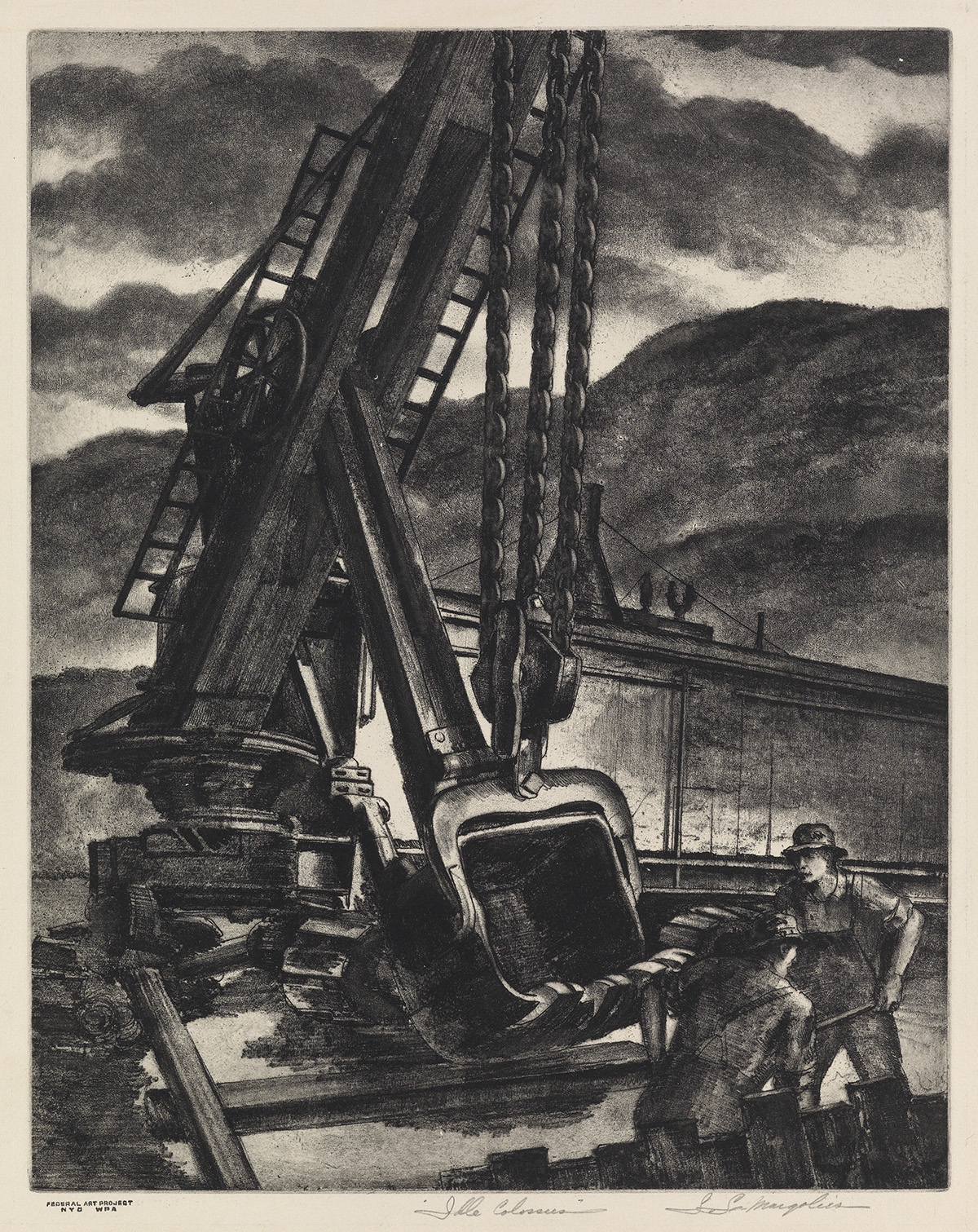


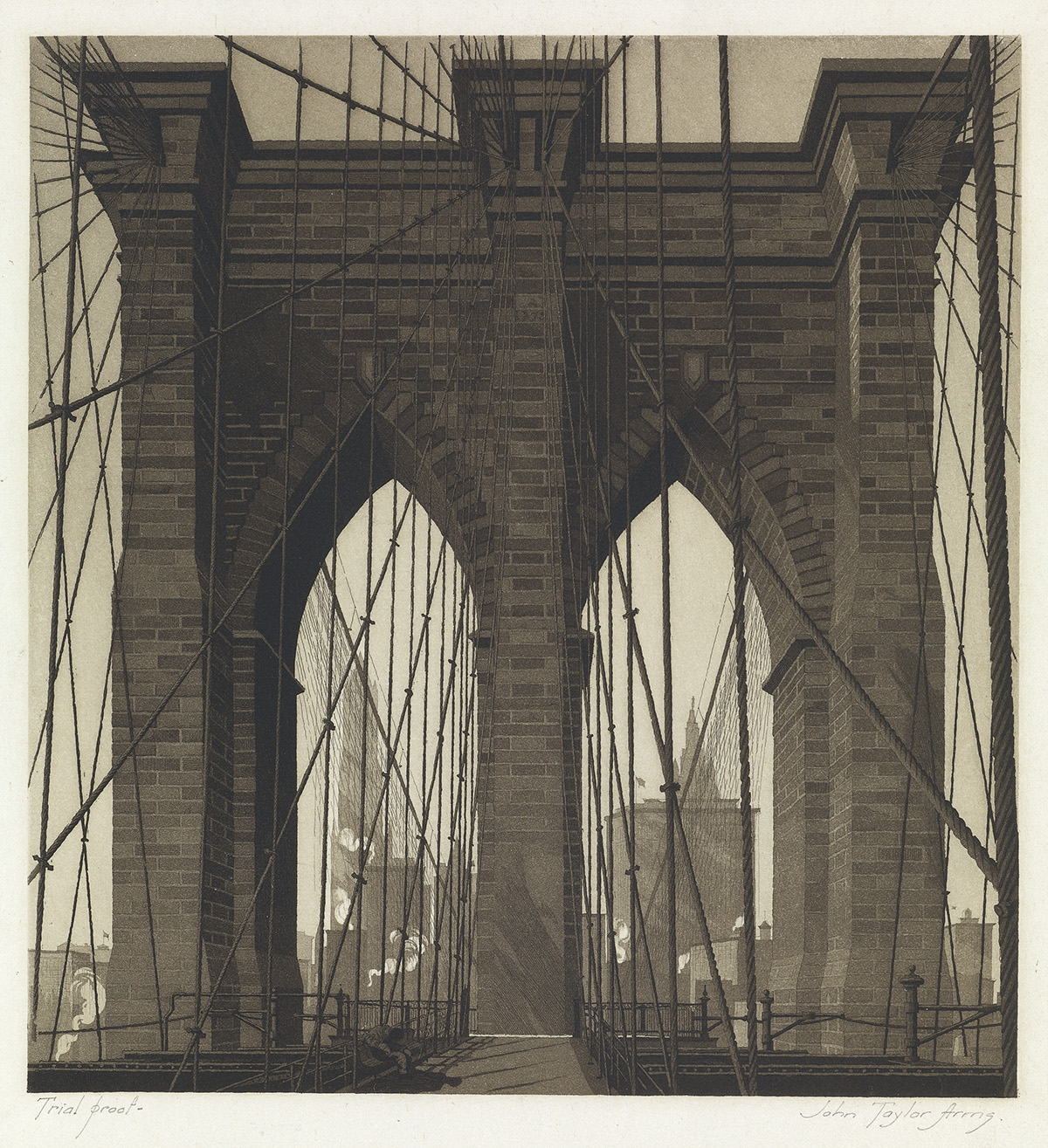
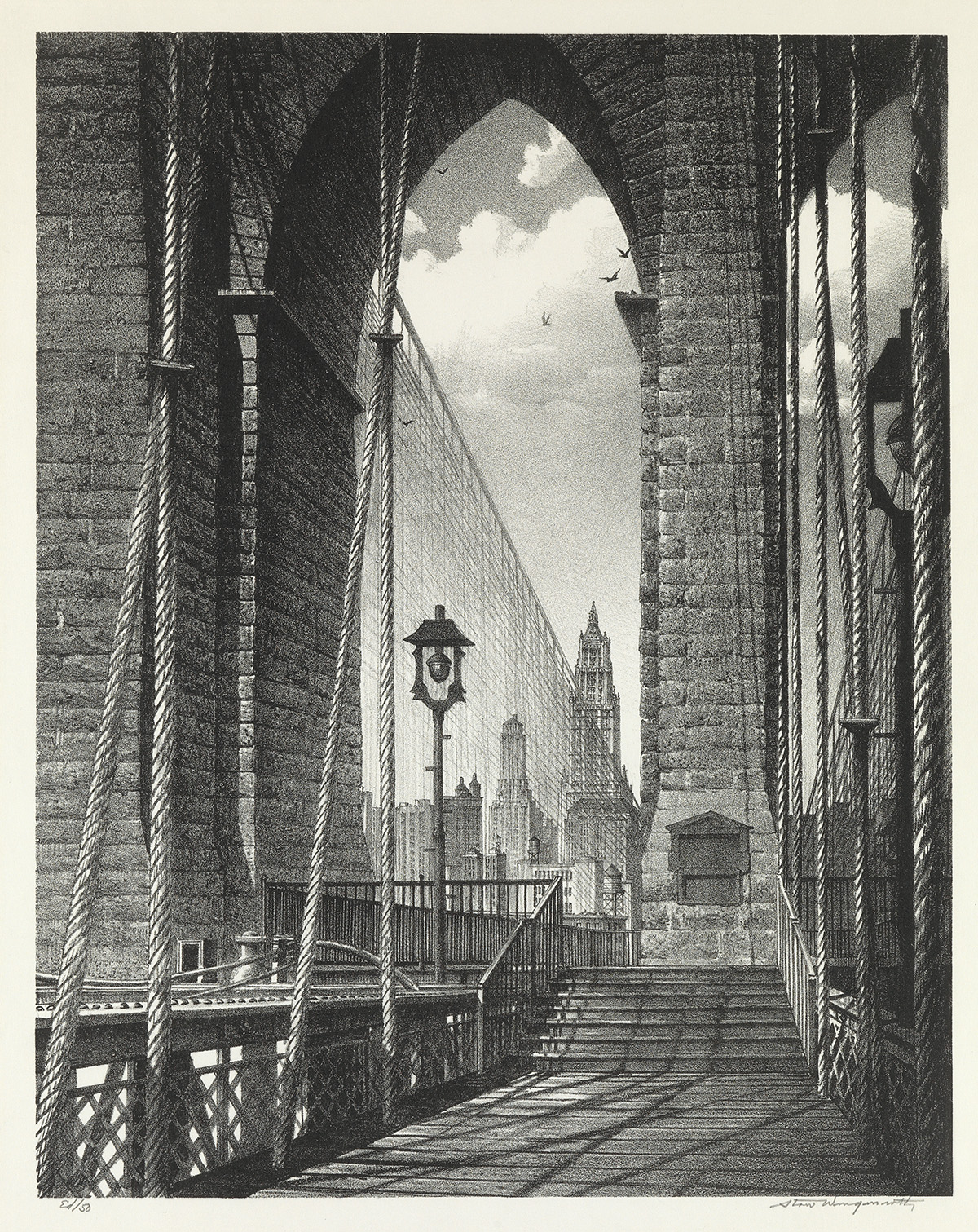
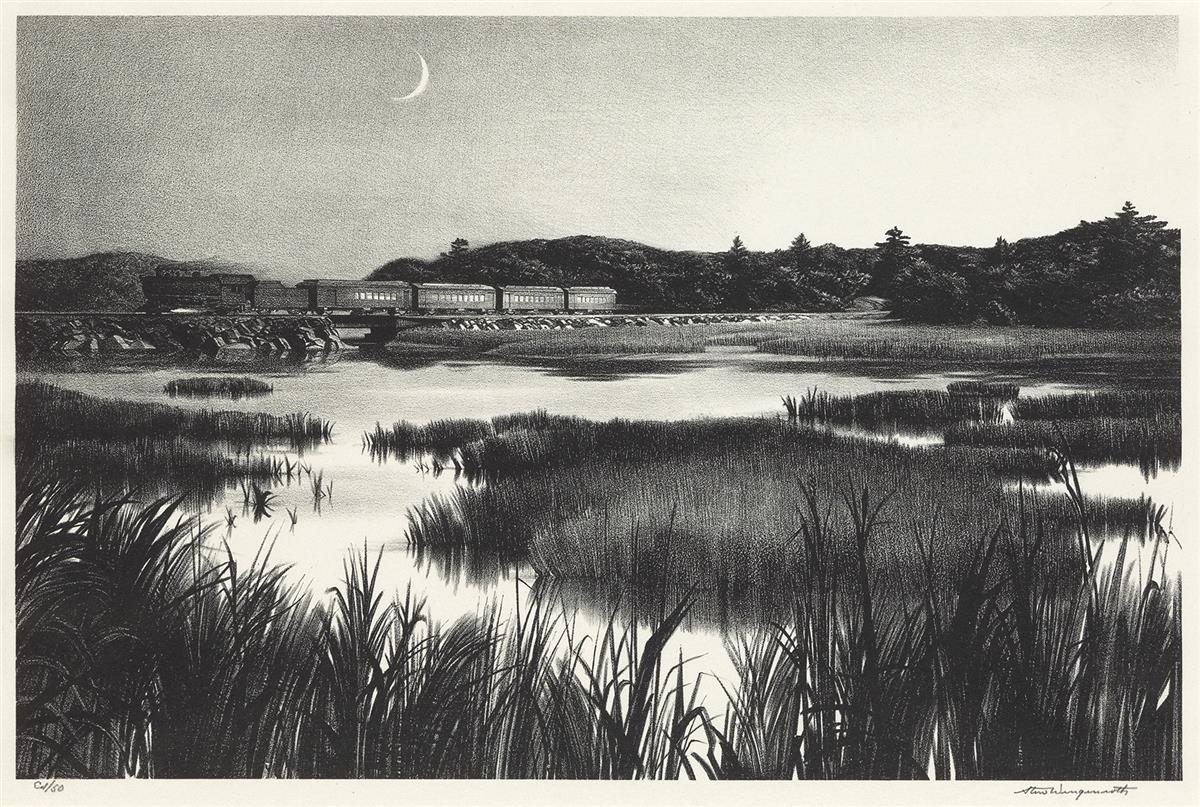

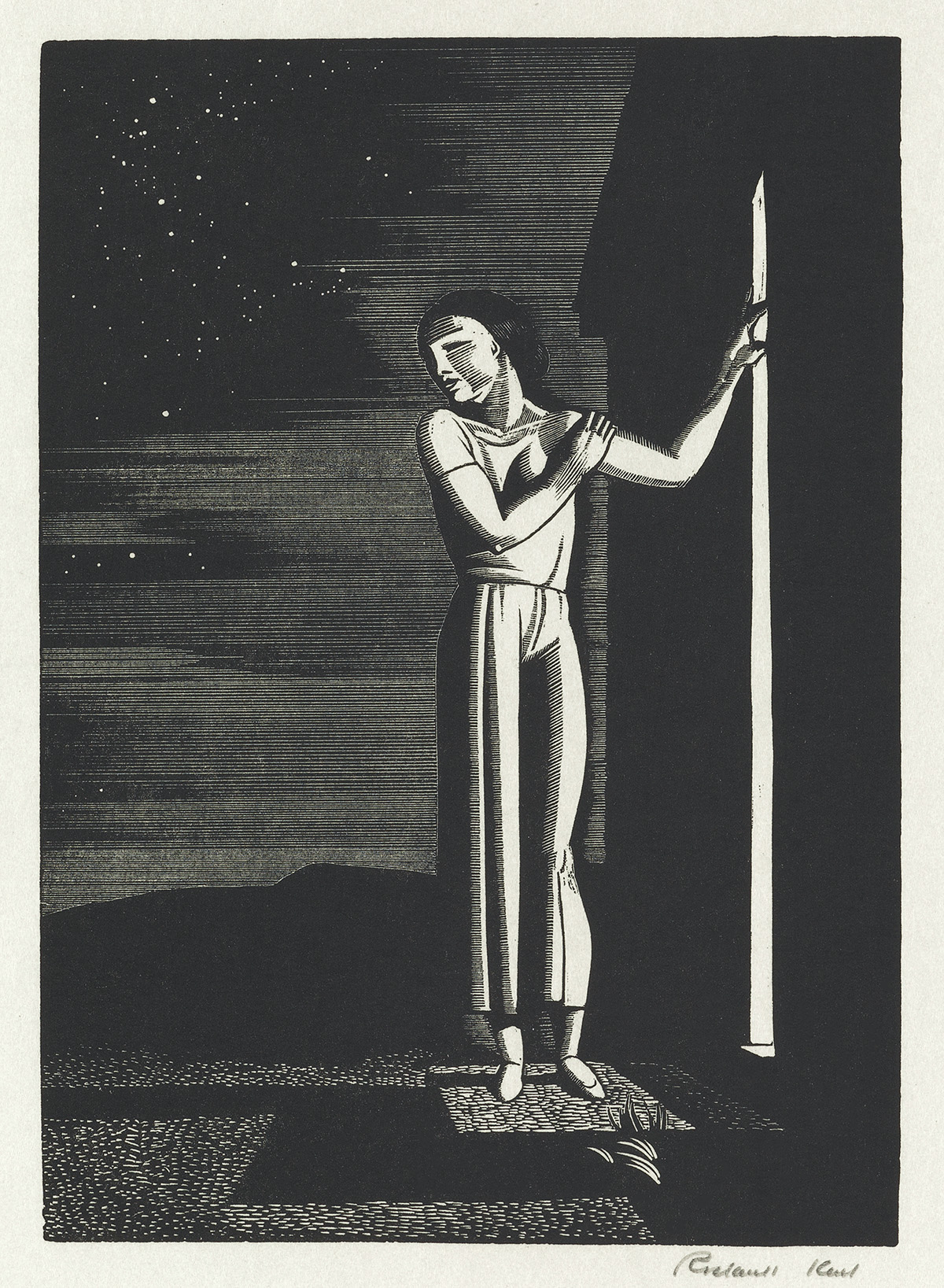
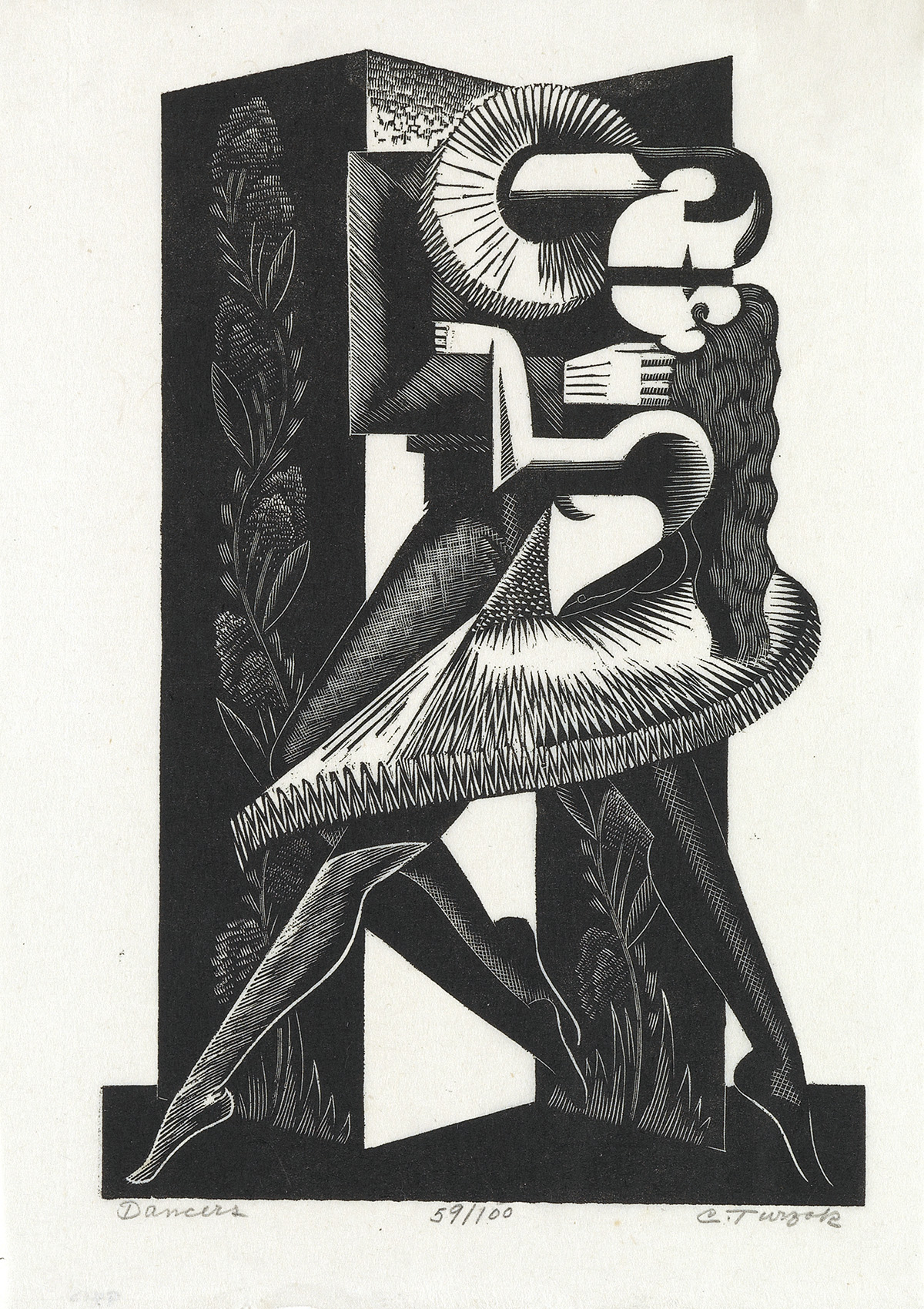
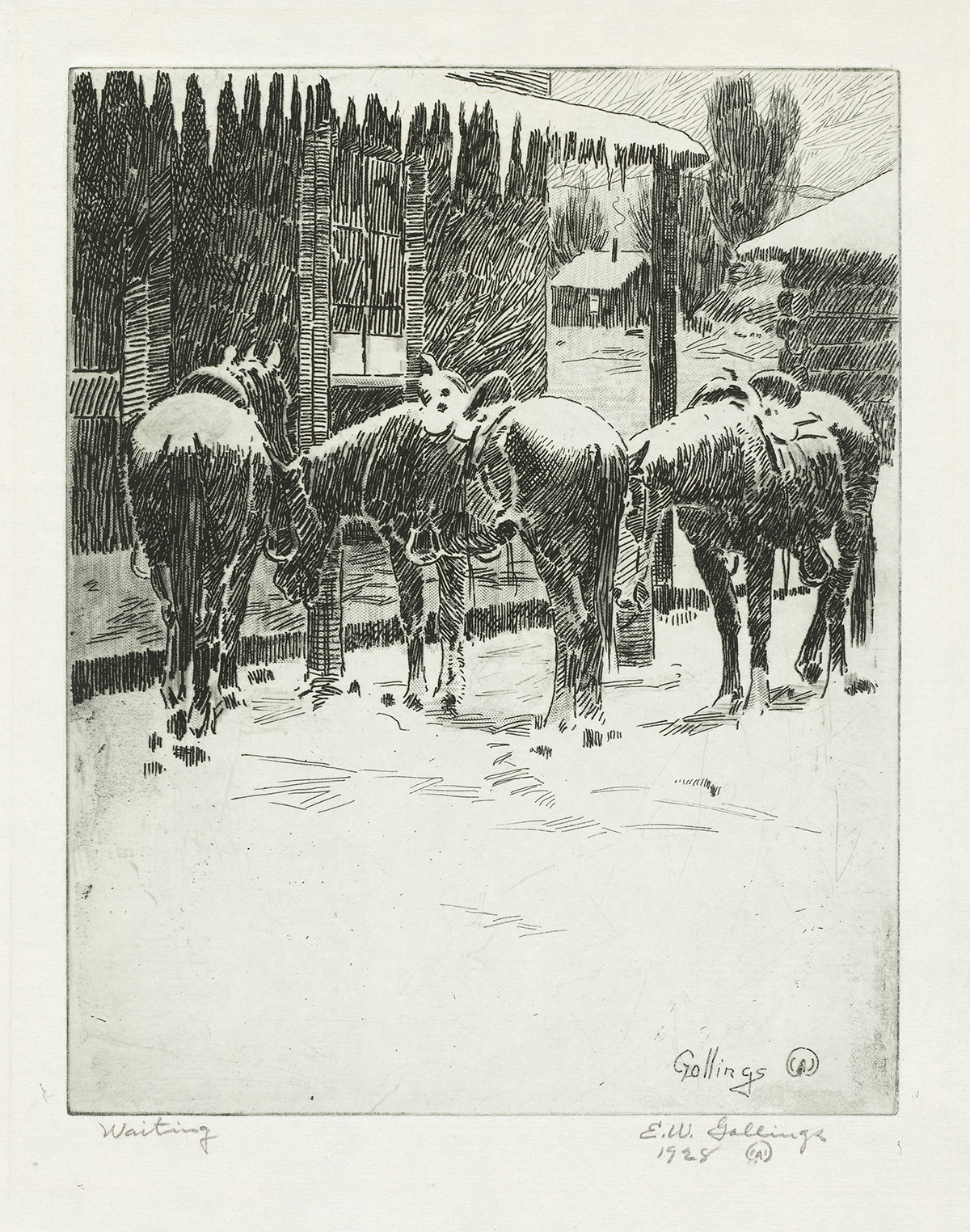
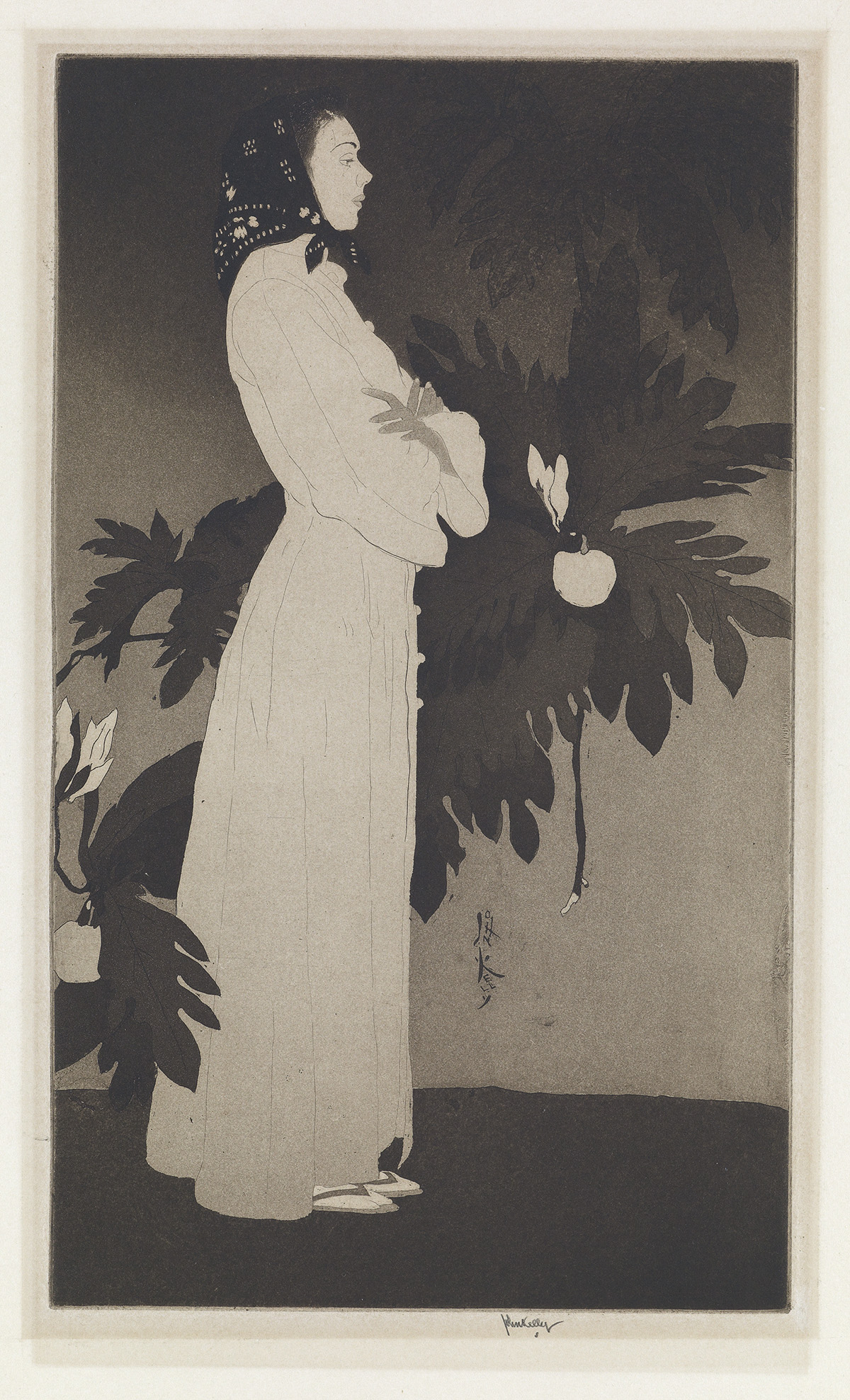
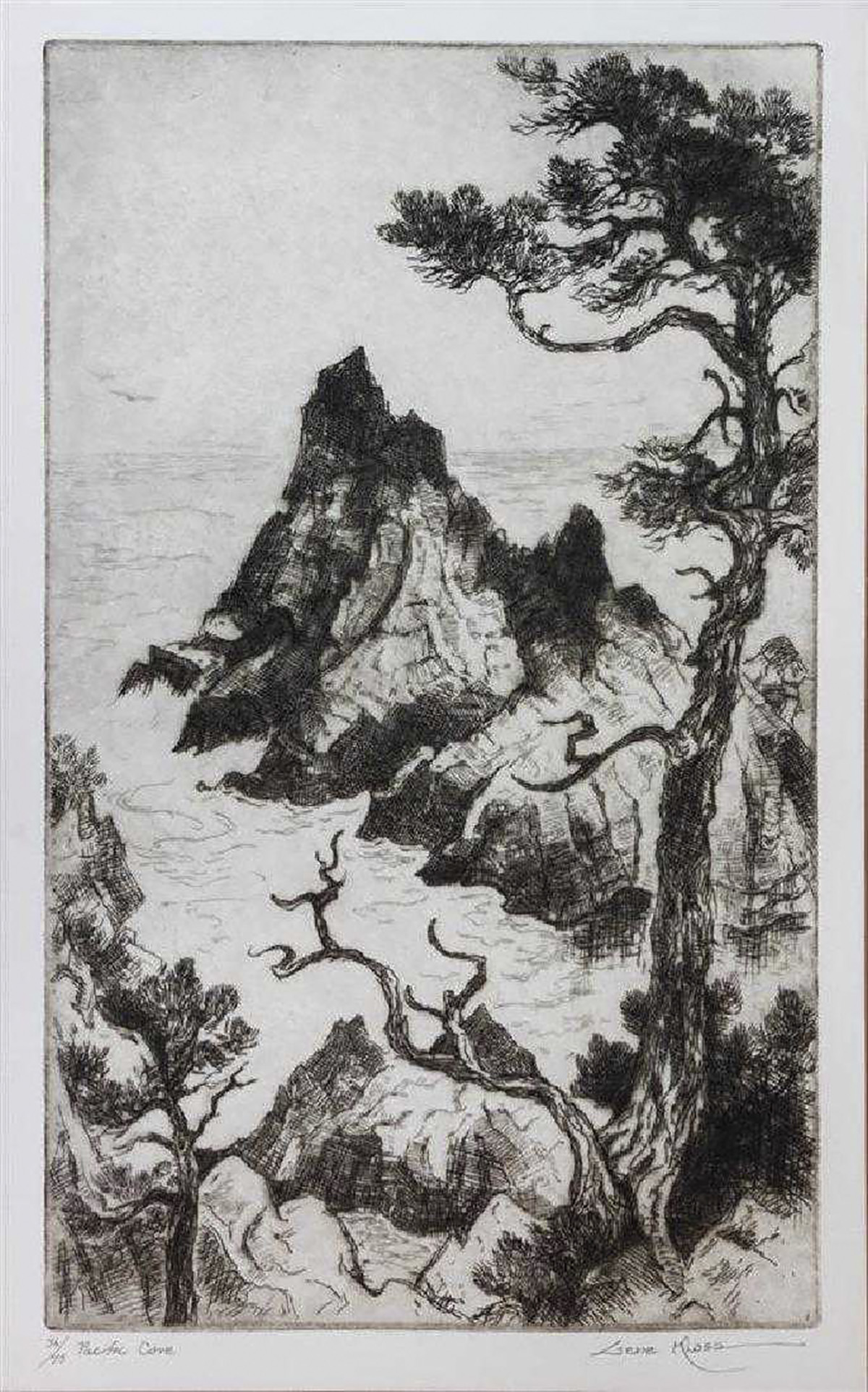
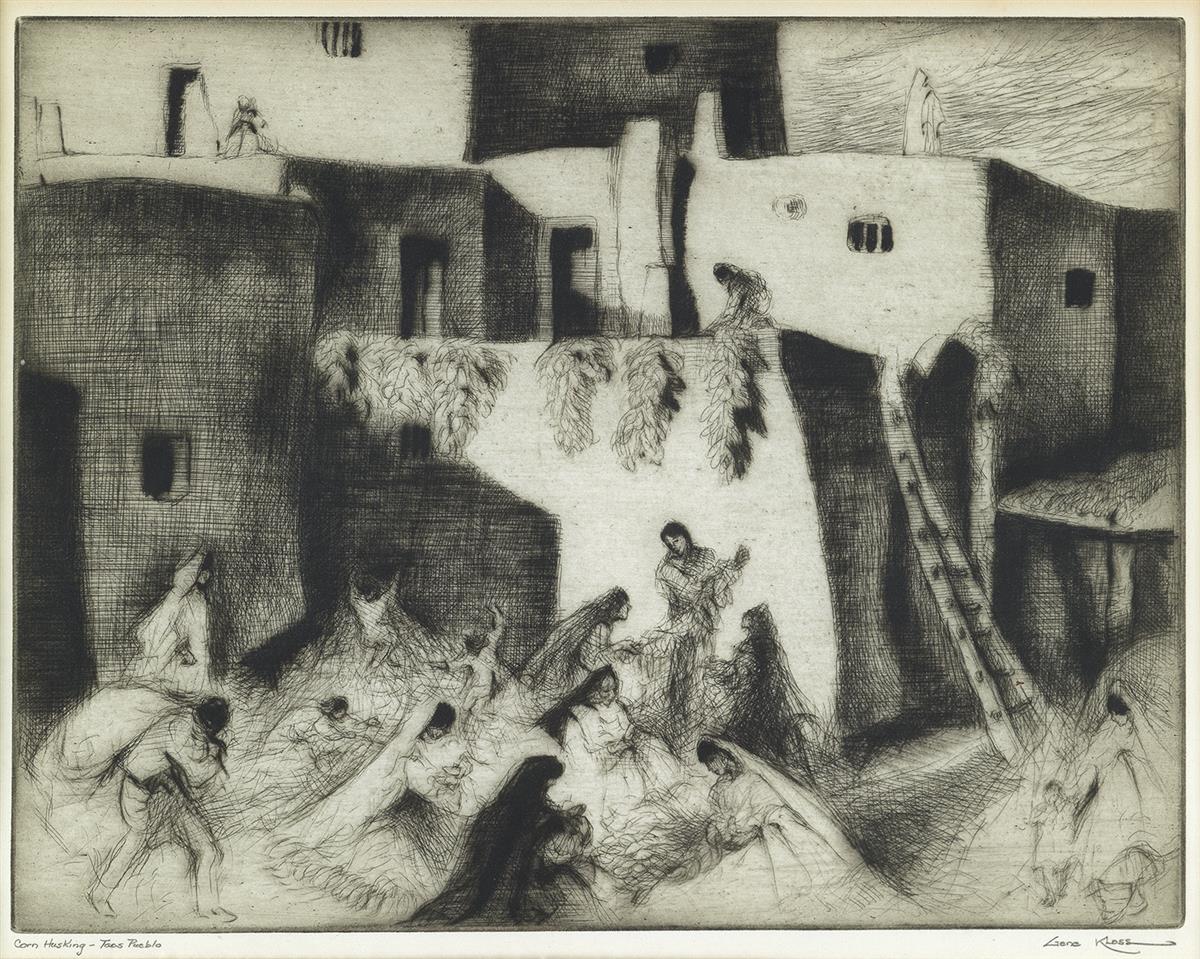
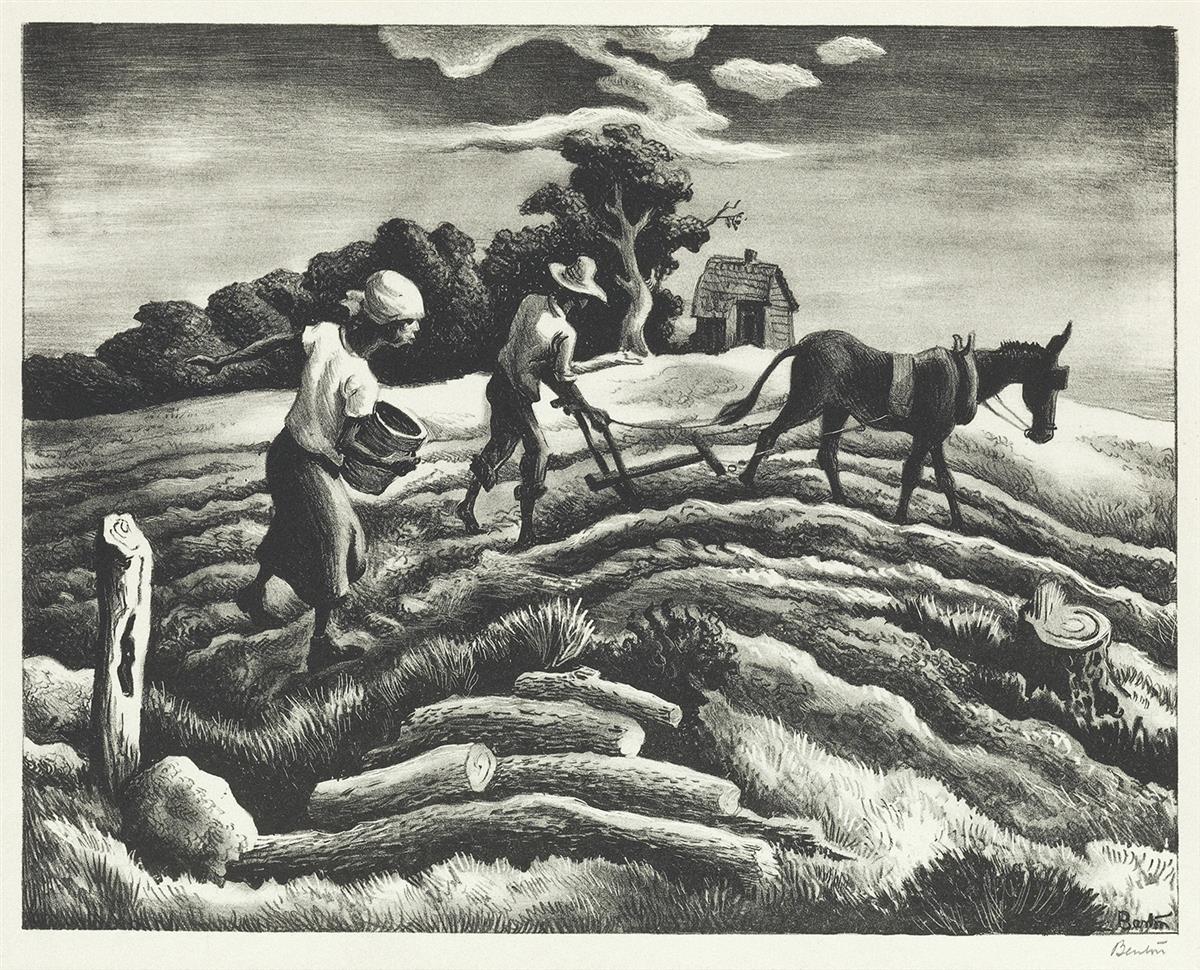

Testen Sie LotSearch und seine Premium-Features 7 Tage - ohne Kosten!
Lassen Sie sich automatisch über neue Objekte in kommenden Auktionen benachrichtigen.
Suchauftrag anlegen